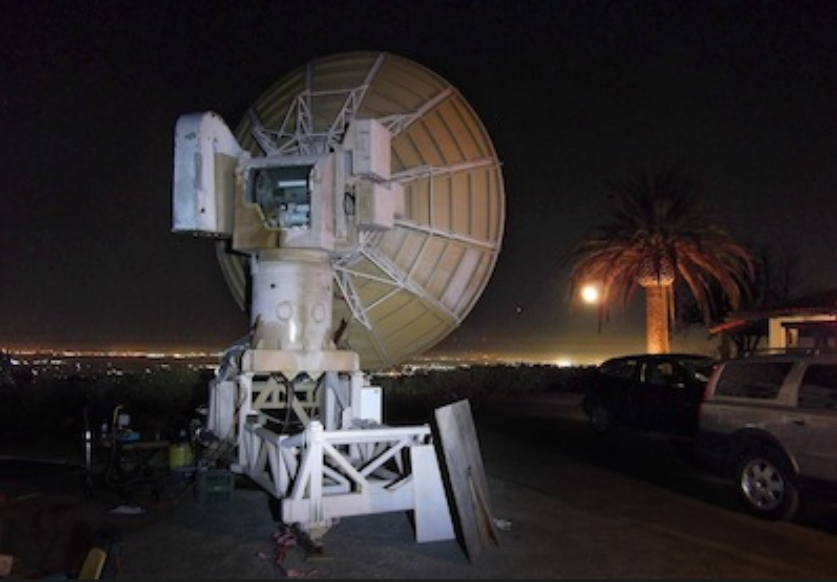| Who: | David B. Leeson |
|
What: |
"Amateur Radio at Stanford: Its Role in Competitive Advantage"
|
| Where: | Zoom (link) Meeting ID: 995 8443 6388 Password: 722701 |
| When: | Tues, April 13th at 7:30pm PT |

Moonbouncing from Silicon Valley (ARRL EME contest, 2017)
Amateur Radio at Stanford: Its Role in Competitive Advantage
About the talk:
Find out how amateur radio at Stanford has contributed to the strategic development of individuals like you, who have went on to play a pivotal role in the history of Stanford and Silicon Valley at large. The talk will examine the competitive and cooperative nature of amateur radio, and explore concepts such as segmentation, differentiation, and “Steeples of Excellence”, which can be applied to achieve a strategic advantage in highly competitive fields. Key figures in this history include Bill Hewlett & David Packard, Fred Terman, William Hansen, and Oswald Villard. Radio technologies with roots in amateur radio have become indispensable to the success of many Bay Area companies, finding use in smartphones, WiFi, GPS, Bluetooth, satellites, radar, and more.
- Abstract
- Slides (updated 4/20/21)
- Addendum
- Video recording
About the speaker:
David B. Leeson is a consulting professor at Stanford University, and received a Ph.D. from Stanford University in 1962 (Hughes Fellow), a M.S. from MIT (NSF Fellow), and a B.S. from Caltech. He is an IEEE Life Fellow and has written numerous widely cited papers, including a seminal work on oscillator phase noise for which he received the Cady Award. He was the founder and CEO of California Microwave, Inc. from 1968 to 1993. He is an avid radio amateur (W6NL) and is the faculty advisor and license trustee of the Stanford Amateur Radio Club (W6YX).
